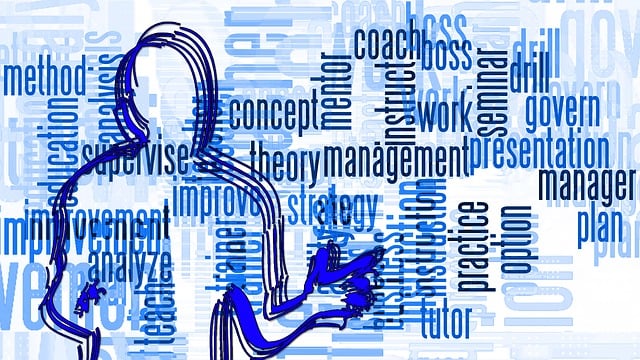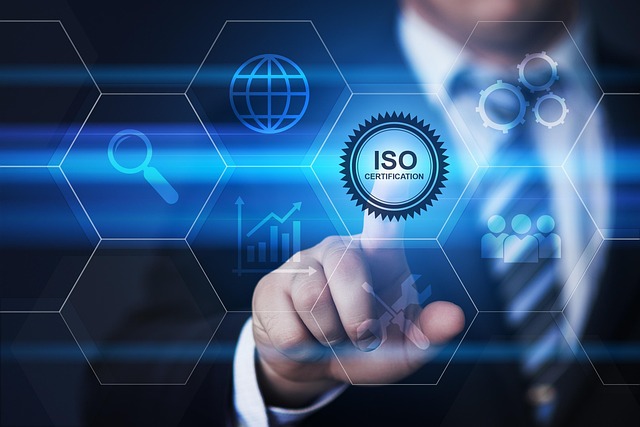The Lean Workplace Philosophy, rooted in Toyota's production system, optimizes work environments through eliminating waste and enhancing efficiency. Key techniques include 5S training (sorting, setting in order, cleaning, standardizing, sustaining) and lean management practices. This approach drives workplace organization, boosts productivity, reduces errors, and encourages employee involvement in continuous improvement, fostering a culture of ownership. By implementing process standardization, organizations can create efficient workflows, eliminate non-value-added steps, and maintain high quality and responsiveness to market demands.
Discover the transformative power of the Lean workplace philosophy—a systematic approach designed to optimize efficiency and enhance productivity. This article explores the core principles of Lean management, offering a concise overview for businesses aiming to streamline operations. Learn how Implementing 5S training for workplace organization and embracing continuous improvement through process standardization can lead to significant benefits. Dive into these strategies to unlock a more streamlined, effective, and successful work environment.
- Understanding Lean Workplace Philosophy: A Brief Overview
- The Core Principles of Lean Management and Their Application
- Implementing 5S Training for Optimal Workplace Organization
- Continuous Improvement Through Process Standardization in Lean Workplaces
Understanding Lean Workplace Philosophy: A Brief Overview

The Lean Workplace Philosophy is a powerful approach that transforms work environments by eliminating waste and maximizing efficiency. At its core, this philosophy emphasizes creating value for customers through efficient processes and minimizing non-value-added activities. The term ‘Lean’ was initially coined in the manufacturing sector, particularly with Toyota’s production system, but it has since been adapted and proven effective across various industries.
This methodology is based on principles such as 5S training—a structured approach to workplace organization that includes sorting, setting in order, shining (cleaning), standardizing, and sustaining—and lean management techniques. By implementing process standardization and continuous improvement, organizations can streamline operations, reduce errors, and enhance overall productivity. It encourages employees at all levels to identify and eliminate waste, fostering a culture of ownership and involvement in the workplace organization and continuous enhancement.
The Core Principles of Lean Management and Their Application

At the heart of Lean management lies a set of core principles that drive its effectiveness in workplace organization and continuous improvement. One of the foundational practices is the 5S training methodology, which involves sorting, setting in order, shining (cleaning), standardizing, and sustaining. This approach ensures an organized workspace, streamlining processes, and promoting a culture of efficiency. By implementing 5S, employees are empowered to take ownership of their work areas, leading to improved productivity and reduced waste.
Lean management emphasizes process standardization as a key strategy for continuous improvement. It involves identifying and documenting efficient workflows, eliminating non-value-added steps, and creating standardized procedures. This ensures that tasks are performed consistently, reducing errors and enhancing overall quality. When combined with regular reviews and adjustments, process standardization enables organizations to achieve remarkable levels of workplace organization and responsiveness to changing demands.
Implementing 5S Training for Optimal Workplace Organization

Implementing 5S Training is a powerful strategy for achieving optimal workplace organization within the framework of Lean management principles. This method, rooted in Japanese lean manufacturing, involves training employees in five fundamental practices: Sort, Set in Order, Shine (cleanliness), Standardize, and Sustain. By integrating these steps into daily operations, businesses can streamline processes, enhance efficiency, and foster a culture of continuous improvement.
5S continuous improvement drives process standardization, ensuring every task is executed with precision and minimal waste. When employees understand the importance of each 5S principle, they become actively engaged in maintaining an organized, clutter-free environment. This promotes safety, improves productivity, and reduces errors, ultimately contributing to a more efficient and profitable workplace.
Continuous Improvement Through Process Standardization in Lean Workplaces

In a lean workplace, continuous improvement is not just a goal but a core philosophy driven by process standardization and 5S training. The 5S method—Sort, Set in Order, Shine (clean), Standardize, Sustain—serves as a powerful tool for achieving workplace organization. By systematically organizing the work area, eliminating waste, and establishing standard operating procedures, teams can streamline processes, enhance efficiency, and reduce errors. Lean management encourages a culture where every employee is involved in identifying inefficiencies and proposing solutions, fostering a dynamic environment of constant refinement.
Process standardization ensures that tasks are performed consistently and effectively across different shifts and departments. This uniformity not only reduces variability but also enables teams to focus on value-adding activities, thereby enhancing overall productivity. Continuous improvement becomes an ongoing cycle where data is collected, analyzed, and used to refine processes further, creating a leaner, more agile organization capable of quickly adapting to changing market demands.
The lean workplace philosophy, centered around efficient processes and minimal waste, offers a transformative approach to productivity. By embracing core principles like those outlined in lean management, organizations can significantly enhance their operational effectiveness. Implementing 5S training for meticulous workplace organization and fostering a culture of continuous improvement through process standardization are key strategies within this framework. Adopting these practices not only streamlines workflows but also empowers employees, leading to increased satisfaction and overall organizational success.
